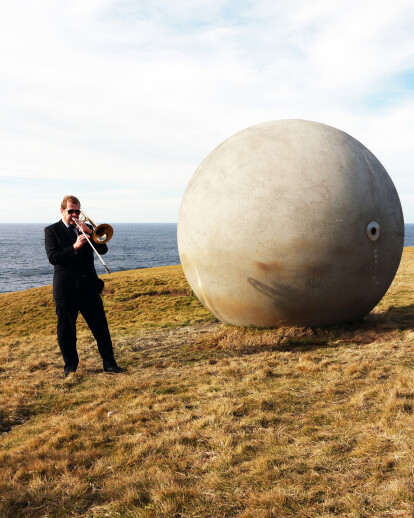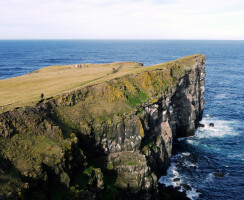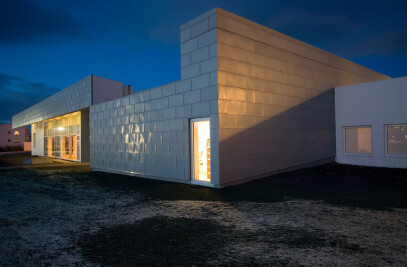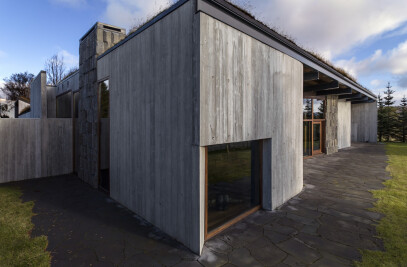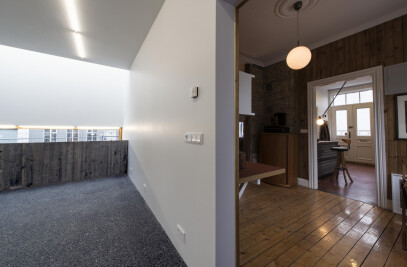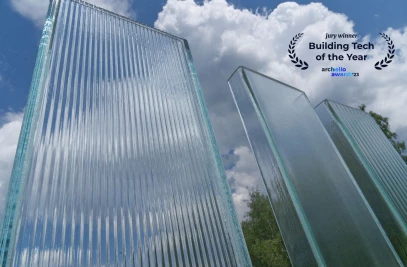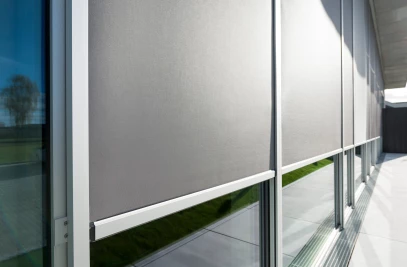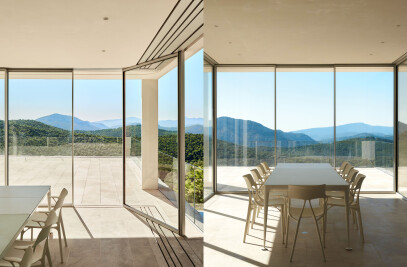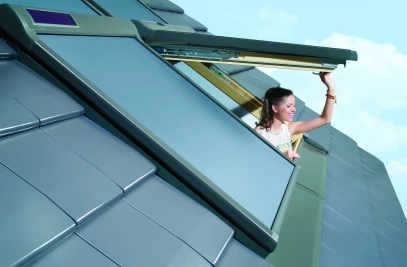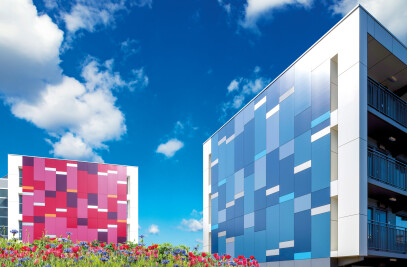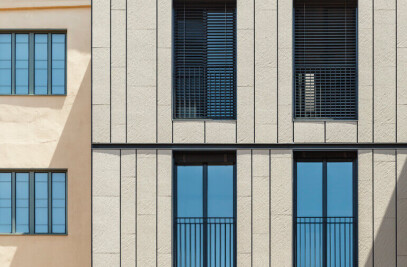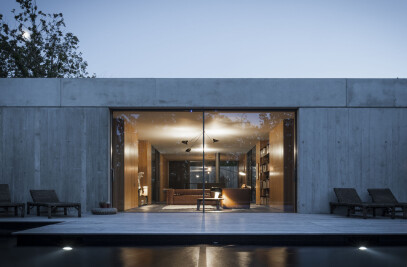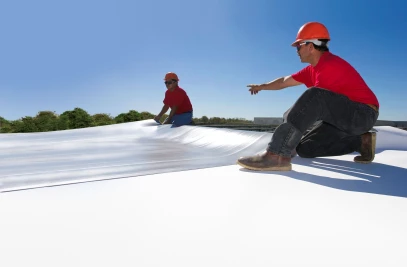ORBIS et GLOBUS (Circle & Sphere) is an artworkthat was placed on the Arctic Circle in 2017. It is a 3m diameter globe that will follow the fluctuating North – South path of the Arctic Circle until it leaves the island.
The Arctic Circle is a line close to the 66,5° parallels in the Northern and Southern hemispheres. It marks the approximate area inwhich the sun never rises in winter and never sets in summer for 24 hours or longer. It’s where one can see the midnight sun.
To locate the Arctic Circle with accuracy it is necessary to calculate the latitude in relation to the angle between the earth’s axis and the plane of its ecliptic pathabout the sun. This angle is continually waxing or waning. The movement is called precession and repeats every 40 thousand years or so.Thus, the time between the highest and lowest latitude of the Arctic Circle is in the order of 20 thousand years. During the last 5 million years the highest latitude of the Arctic Circle was 68.0° and lowest 65.5° and presently the angle is waxing about 0.01° each century. A shorter fluctuation of the Arctic Circle, the nutation, is caused by the moon. It has an 18.6year cycle with a deviation of 570 meters.
Each latitudinalminute in Grímsey is 1,859meters and the average annual movement of the Arctic Circle is 14.5 meters or 0.0078 minutes.
Long ago the Arctic Circle crossed northern Icelandbut it has since beensteadilymoving northward at an average pace of 1.5 km a century. Calculations show that it first made landfall inGrímsey in 1717 and has beenconsistently over the island since 1750.Three large stones inscribed 1717, 1817 & 1917 mark the passage through the centuries. Between 2031 – 2038 it will be north of the islandreturning in 2039 before leaving finallynorthward in 2047.
Latitude of the northernmost tip of Grímsey: 66° 33,973' N Latitude of the Southernmost tip of Grímsey: 66° 31,574' N
